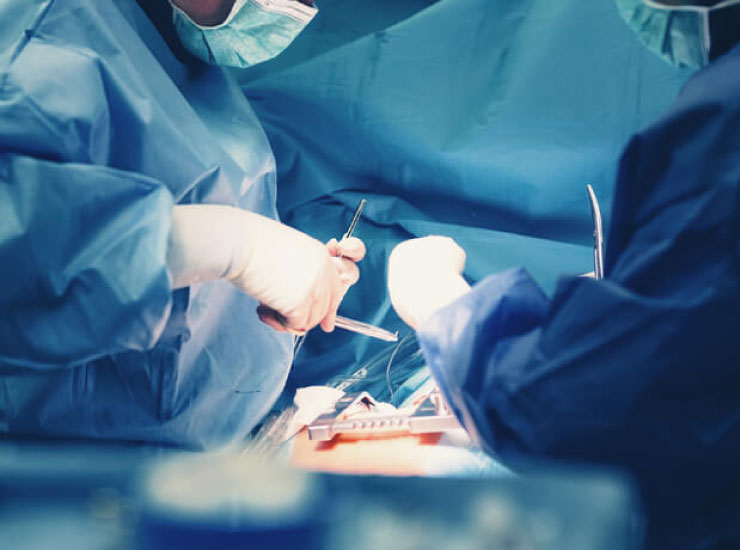
Surgery is a medical treatment that involves the removal of tissue or organs from the body. A doctor or surgeon typically performs it. Doctors use this technology for various reasons, including treating a disease or injury, removing a foreign object from the body, or improving a person’s appearance.
Different types of surgeries fall under the umbrella of general surgery, each with its specific purpose and indications. Some of the most common include:
• Abdominal Surgery: This type of surgery is performed on the stomach, intestines, or other organs in the abdomen.
• Breast Surgery: This type of surgery is performed on the breasts.
• Cardiovascular Surgery: This surgery is performed on the heart or blood vessels.
• Colorectal Surgery: This type of surgery is performed on the colon or rectum.
• Endocrine Surgery: This surgery is performed on the glands that produce hormones.
• Gastrointestinal Surgery: This type of surgery is performed on the GI tract, including the esophagus, stomach, intestines, and rectum.
• Gynecologic Surgery: This type of surgery is performed on the female reproductive organs.
• Head and neck Surgery: This type of surgery is performed on the head, neck, or face.
• Orthopedic Surgery: This surgery is performed on the bones or joints.
• Pediatric Surgery: This type of surgery is performed on children.
• Plastic Surgery: This type of surgery is performed on the face, nose, ears, bones, or eyelids. –Urological Surgery: This type of surgery is performed on the organs involved in urine production.
Vascular surgery is performed on blood vessels and tissues that pass through them.
If you are considering surgery, the first step is to consult with a board-certified surgeon. Board certification ensures that your surgeon has completed the necessary training and education to perform surgery. During your consultation, your surgeon will review your medical history and perform a physical examination. Based on this information, they will determine if surgery is right for you.
If you and your surgeon decide that surgery is the best course of action, the next step is to schedule the procedure. Once you have a date set, your surgeon will provide instructions on preparing for surgery. These instructions will include fasting before the procedure and avoiding certain medications.
After surgery, patients face a time when they may experience some discomfort and swelling. That is normal and should resolve within a few days. In most cases, patients can return to regular activities within a week or two. However, depending on the surgery, there may be restrictions placed on certain activities. For example, many people are advised not to consume heavy foods or liquids for several weeks after gastric bypass surgery.
Most patients generally feel better within two weeks following surgery and can resume their regular activities within a week or two. However, some restrictions may be placed on certain activities at first, depending on the type of surgery performed.
General Surgery is a challenging and rewarding specialty, but it is not without risks. In this guide, we discussed some of the most common surgeries that general surgeons perform and provided tips on making the most of your surgery experience. We hope that by reading this guide, you will be better prepared for your surgical journey and feel confident that you are in good hands.


© 2022 All rights reserved by smgkibria.com.